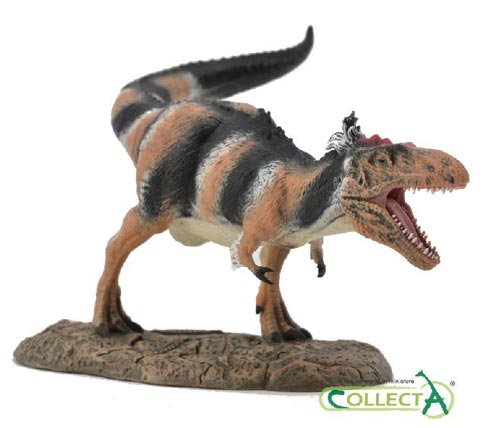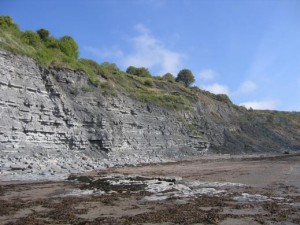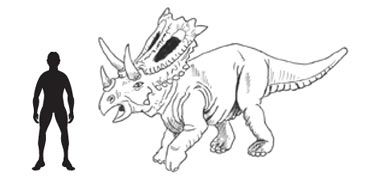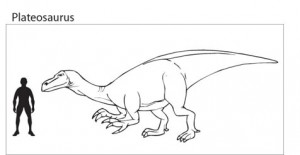Dinosaurs under the Hammer – Are Auctions of Fossil Materials Good for Science? That’s a Great Question!
High Prices for Fossils at High Profile Auctions Could Lead to Increased Fossil Thefts and Damage to Fossil Sites
The auction is over, Misty the Diplodocus has been purchased and lots of media outlets have covered the story, after all, a seventeen-metre-long dinosaur skeleton getting sold is quite an unusual event.
However, it is not the £400,000 price tag that sticks in our collective throats, it is the acknowledgement that such sales are going to become more commonplace. In the pre-auction publicity, it was reported that, the auction house responsible for the sale of the Wyoming Diplodocus specimen was the first to offer a lot of this nature in Europe. Not true, we recall a number of specimens being sold on the continent, at auctions held in Paris, for example.
Fossil Auctions
Whichever way you look at it, fossils, are highly sought after and as such, some specimens can fetch very high prices. High demand equals high prices so more sales either at auction or through other sales platforms are going to occur.
Fossils could be regarded as the ultimate in antiques, although we don’t imagine Victoria Wood penning a soap parody entitled “Acorn Fossils”. They are rare, for instance, there could be as many as 650 Stradivari instruments in the world today, but less than a dozen or so specimens of that creature often referred to as the “first bird” – Archaeopteryx (A. lithographica) and many vertebrates including some of our ancient hominid ancestors are known from just a handful of fossil fragments.
Dinosaur Fossils for Sale
Dinosaurs in particular are “box office” and as a result, a number of very wealthy individuals have taken to collecting dinosaur fossils. The film actors Nicholas Cage and Leonardo DiCaprio are believed to be keen devotees and good luck to them.
All this raises concerns for those of us who try to promote the study of Dinosauria and for that matter other vertebrates. If fossils are worth a lot of money, then certain individuals may well be tempted to steal fossils and other rare artefacts in order to cash in on this bonanza. Fossils have been stolen from museums. A few years ago a fossilised dinosaur egg was stolen from a regional museum in New Zealand. Team members at Everything Dinosaur embarked on a egg hunt with a difference. Fortunately, the fossil was retrieved and duly put back on display.
The Rise in Fossil Thefts
Theft from such institutions is abhorrent, however, a more heinous crime in our opinion, is the deliberate and wilful damage to important geological sites with a view to looting as much fossil material from them as possible.
Fossil Sites Ransacked as the Price of Fossils Soars
Picture credit: Scottish National Heritage.
Incidents in the UK
Such incidents are not limited to the dinosaur rich fossil hunting grounds of North America, unfortunately, there have been a number of shocking occurrences on this side of the Atlantic too. Back in August of last year, Everything Dinosaur reported on the theft of a set of fossilised dinosaur footprints from the Vale of Glamorgan. The slabs containing the fossilised tracks were estimated to be over 200 million years old, but a local fossil collector saw the chance to make a quick profit.
To read more about this theft: Dinosaur Footprints Stolen.
Fortunately, the three-toed (tridactyl) prints were recovered. It was not long before they were spotted on Ebay. The fossils were also offered for sale from a fossil dealer located in Lyme Regis. A man was cautioned by police for the offence of causing damage to a protected site of scientific importance. However, the fossil prints could not be returned to their former resting place, fear of another theft has meant that these beautiful fossils are now kept under lock and key. The fossil dealer argued that the fossils had been offered via a legitimate source, so no further action was taken against the dealer.
Auctions of Rare Fossils and Objects
The auction held on November 27th, the one in which Misty was sold, consisted of a large number of lots, collectively entitled “Evolution”. The Diplodocus may have received star billing, but also on offer were a number of other important and rare fossils, both vertebrates and invertebrates. In addition, bones from the Dodo including a pelvis were offered for sale. There was also a number of stuffed animals up for auction, enough to keep the most enthusiastic taxidermist happy, even a specimen of a Tarpan (an extinct horse) was up for grabs.
Whilst we don’t object to such auctions, indeed, many important scientific discoveries have been made by commercial fossil dealers and fossil hunters as they go about their legitimate business. Our concern is that with such high profile sales, the risk of fossil thefts and damage to locations where fossils can be found becomes that much more likely.
On October 27th 1997, we sat and watched in amazement as “Sue” the huge Tyrannosaurus rex fossil made an astonishing $8.36 million USD when she went under the hammer at Sothebys. Misty the Diplodocus was sold a couple of days ago, like Sue, the Diplodocus specimen is most probably going to go on public display. The Diplodocus fossils are still, in all probability, going to made available for further scientific study – that’s good news. However, we wonder who else may have looked on at the auction, or listened to the news reports with a growing sense of glee.
For models of Diplodocus and other dinosaurs visit Everything Dinosaur’s award-winning website: Everything Dinosaur.
Fossils for Sale
When fossils are up for sale, it is not just a case of the auctioneer’s gavel being called into action, other unscrupulous persons may be tempted to do some hammering of their own. Sadly, there are those in our society who will see fossil locations as places where some quick and easy money can be made. Specimens will be hacked out of rocks and offered for sale either openly or to that murky underbelly of fossil collecting – the black market.
We must remain vigilant, we all have a role in protecting our fossil heritage. One thing that has come out of the auction, it has given us the opportunity to write an article about the increased risk of fossil thefts and damage to S.S.S.Is and other important locations.



























